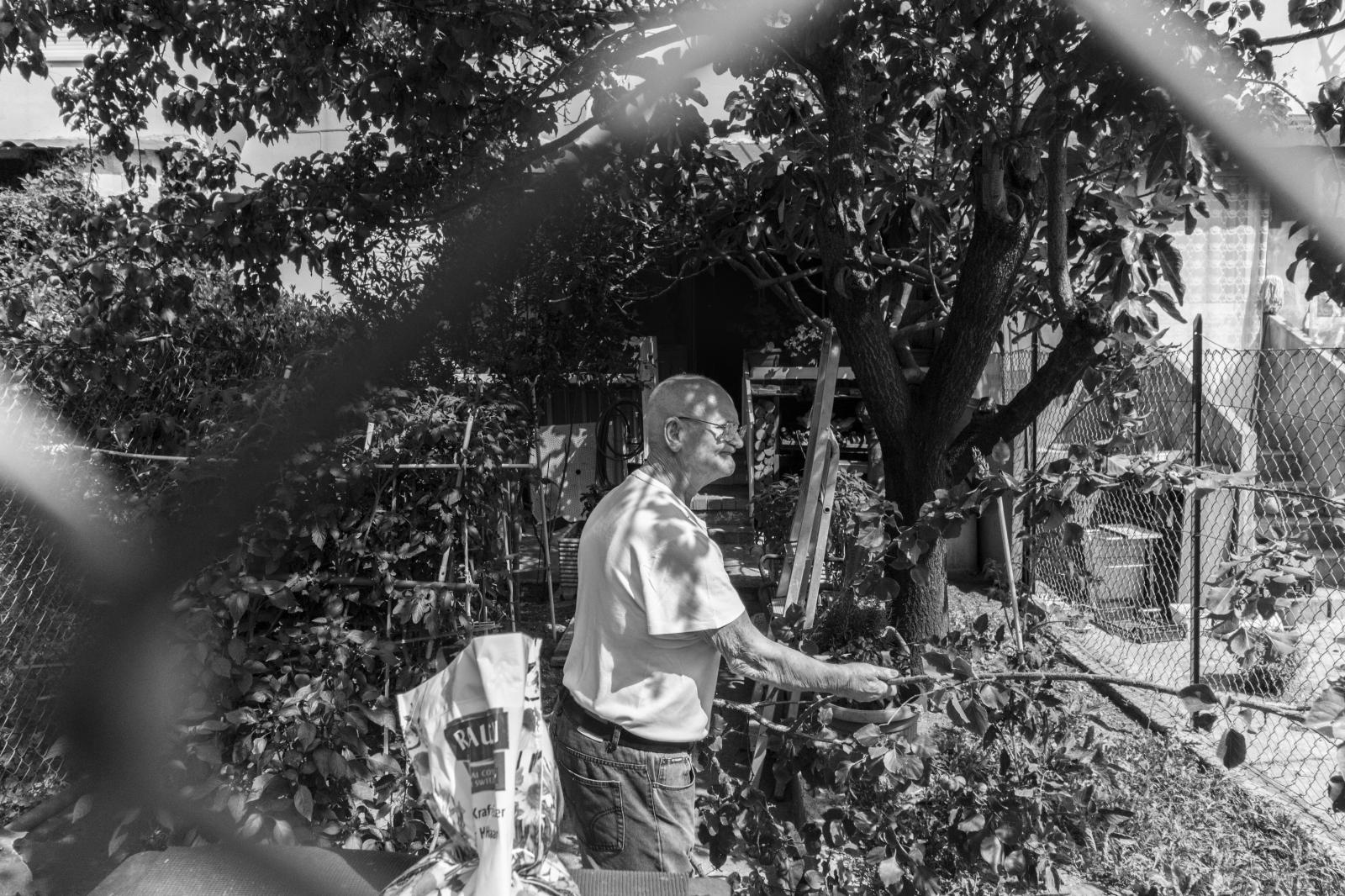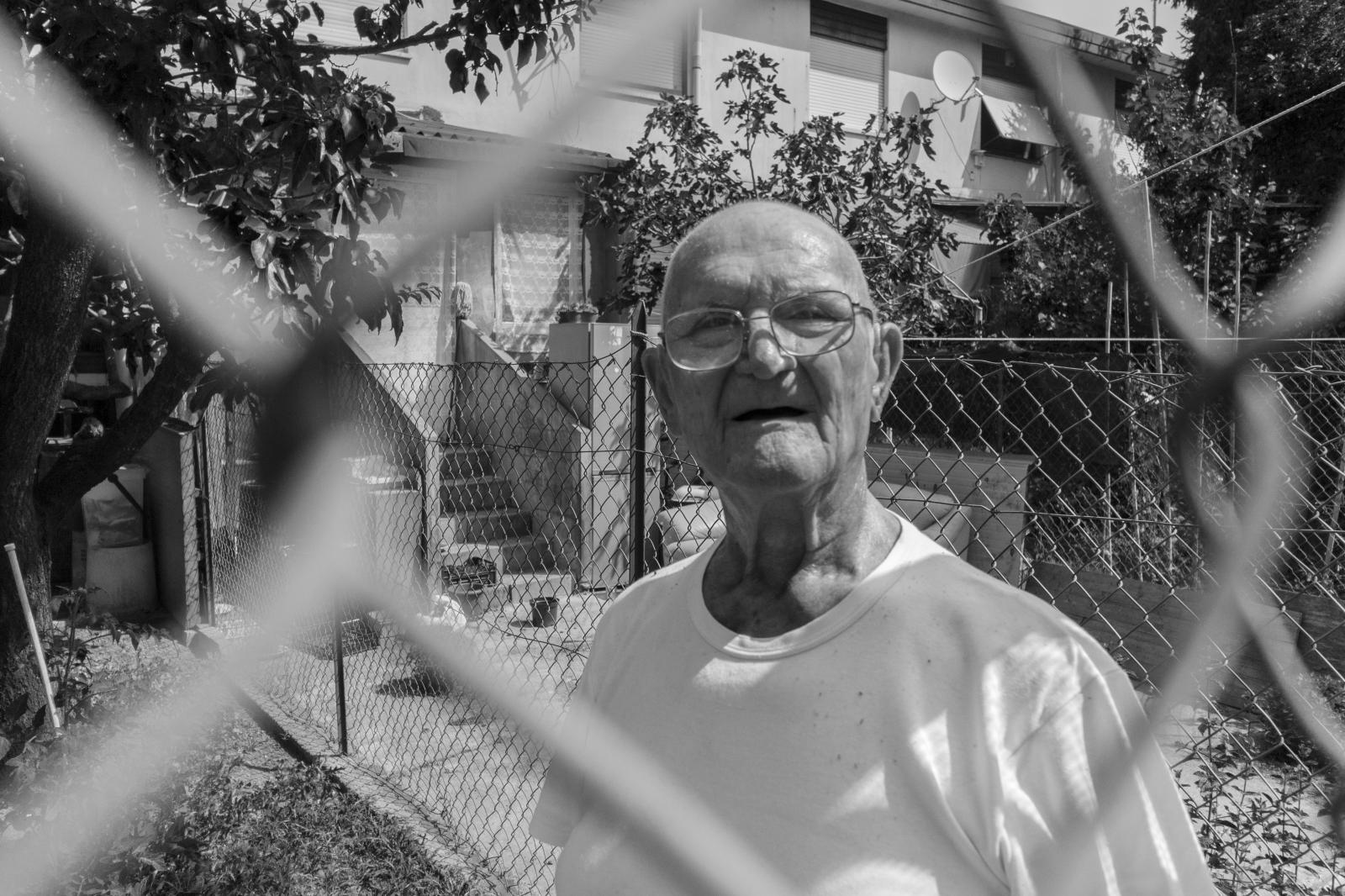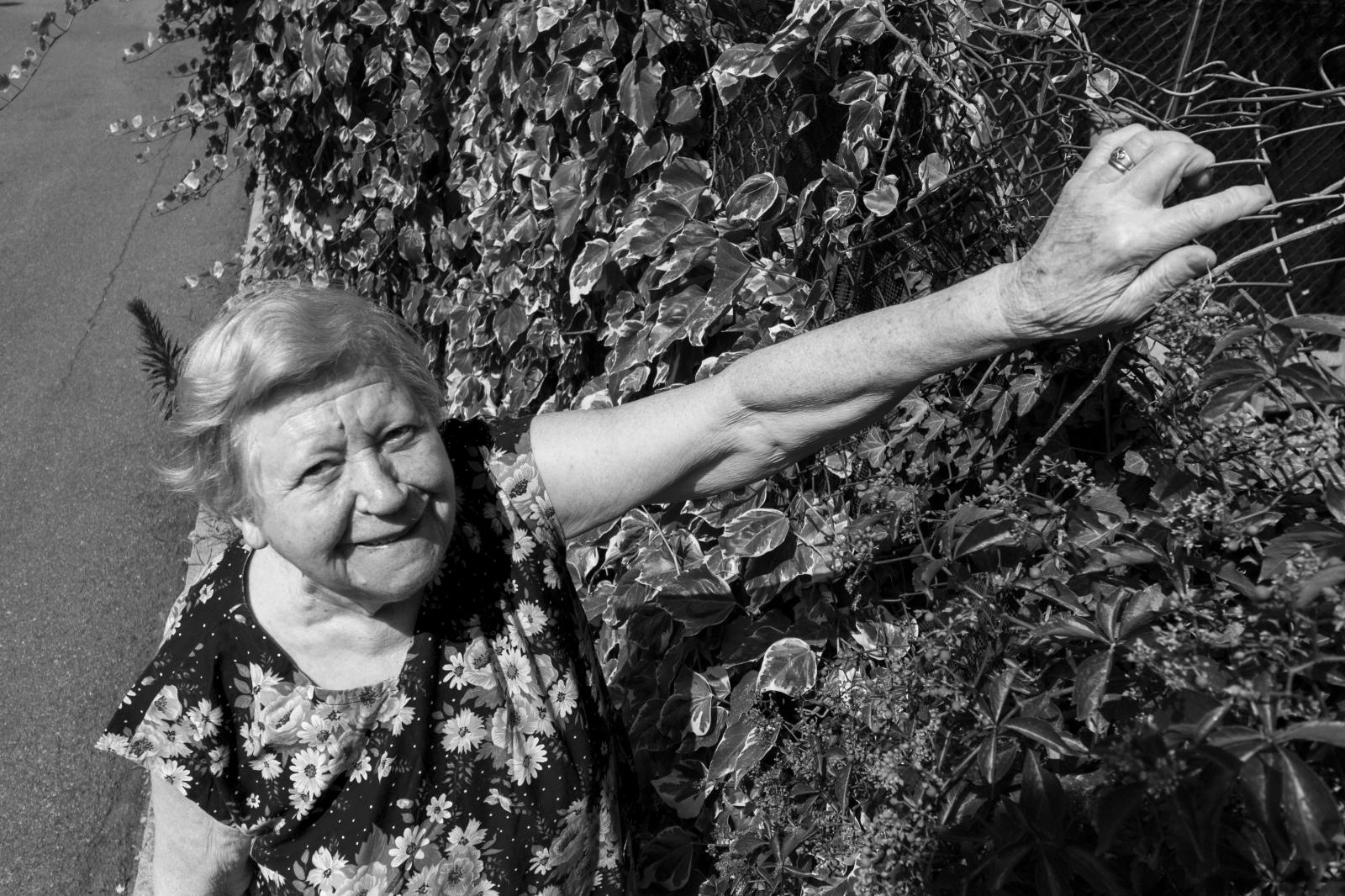Public Story
Villaggio dei Fiori
Villaggio dei Fiori
Milan, Italy 2018-2019A hundred years ago, the city of Milan had not yet swallowed acres and acres of countryside as it has done. A campaign that is now impossible to imagine in densely urbanized neighborhoods. The territory to the west of the Lombard capital was made up of large and historic agricultural farms, that is they extended from Porta Vercellina to the first neighboring municipalities such as Baggio, Cesano Boscone and Corsico. There was a long winding road that the Corso di Porta Vercellina left off at Largo Septimius Severus and reached the most important farmhouse in the area, the Arzaga. From this street a turn a road that went towards other farms and towards the Lorenteggio road. This road led to two farmhouses, the Cascinetta and the Corba. Via Cascina Corba goes from Via Primaticcio to Via Inganni and today it is dotted with small villas single-family and small apartment buildings. The Cascina Corba resisted until the early fifties when it finally succumbed to the bulldozers. After the WW, the urban plan proceeded with the creation of the grid of new roads and the construction of new neighborhoods, which at this precise point saw the rise of the Finnish Village e then Villaggio Dei Fiori (years of construction 1947-1953). The district that is often called only as the Village of Flowers, originates from the nomination of the roads that run through it (all from the floral vocabulary) and remains between Via Primaticcio and via Lorenteggio.
This village was initially created with temporary wooden huts that Finland in the post-war period, he had donated to the Municipality, which he used as a model to start the first village
pilot of a few dozen buildings. The design of the neighborhood is still characterized by small and contiguous lots, arranged orthogonally, with single-family homes on one floor, surrounded by a private garden. Today some houses have been demolished and replaced by new buildings with several floors, but always small. Thus the neighborhood, pilot for other realizations, was started (or assembled) in 1952 and ended the year after. The houses were almost entirely occupied by immigrants, although they were actually built to give temporary accommodation to those who were waiting for a house after the bombing. If the Finnish houses were on one floor and practically all in wood, the small houses of the Villaggio Dei Fiori was prefabricated, two-story, with the garden only in the back. The Finnish houses are almost all in their place, after 65 years. The neighborhood is surrounded by greenery and the close relationship between public green and private green is very high in this area.
The characteristic of finding oneself in this neighborhood is the feeling of not being in Milan, but precisely in a country area. Apparently, this is a quiet neighborhood, close to the thriving Jewish quarter and area residential of Primaticcio, but unfortunately it is not entirely so. Up to thirty years ago local residents animated the neighborhood with parties and celebrations, all of which were lived and take part in the community; patron festivals, neighborhood parties, weddings, birthdays were celebrated and even commemorative ceremonies in the center of the district, where there is a park today. Today the neighborhood no longer lives on this animated feeling of cohesion and community, but rather the residents living in the Flower Village for over fifty and sixty years, find themselves living in the fear of certain situations of anxiety and disturbance. It hides its dark sides of unauthorized, peddling and uncaring public land. Local "historic" residents cannot leave their homes just for vacation, as there is the danger of it being occupied by squatters. In the evening it is not at all safe to walk among the streets of the houses, thus avoiding running into people disreputable and so on. The elders who have always lived in the Village of Flowers, meet almost every day on the benches of the central park of the neighborhood, to discuss current problems and above all to remember with funny anecdotes the days of "flourishing" splendor that animated the Village up to thirty years ago. The documentary research focuses mainly on the relationship name of the neighborhood, which in the common imagination it refers to a peaceful and harmonious place. My project is an investigation into the melancholy in which this Milanese district is wrapped




















